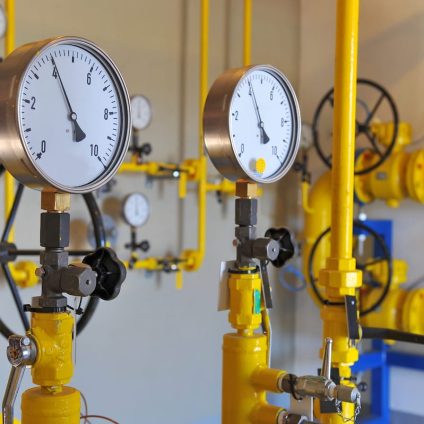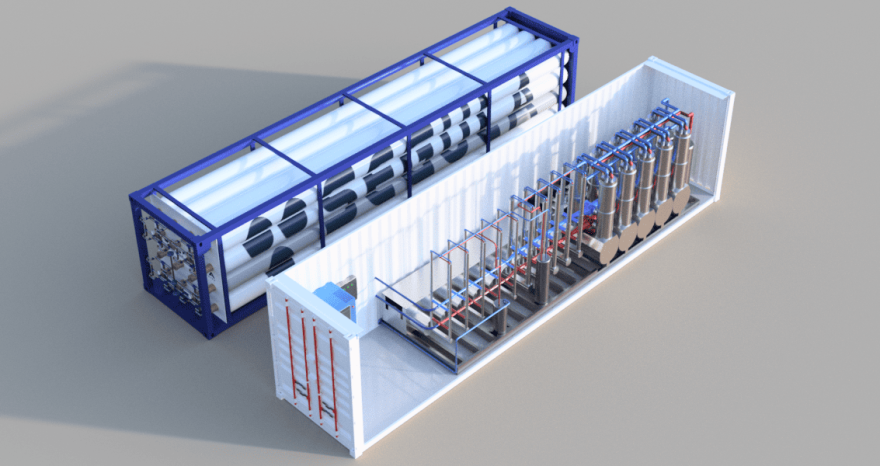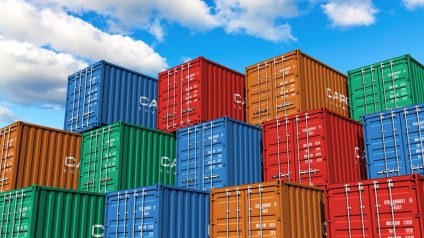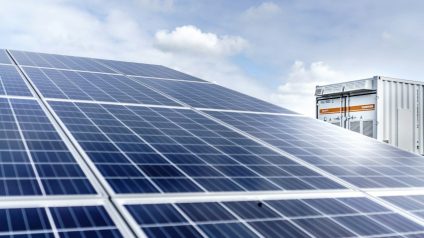Italy tests a 5% hydrogen-gas blend in Castelfranco Emilia, exploring low-carbon gas options for residential use and national scale-up potential
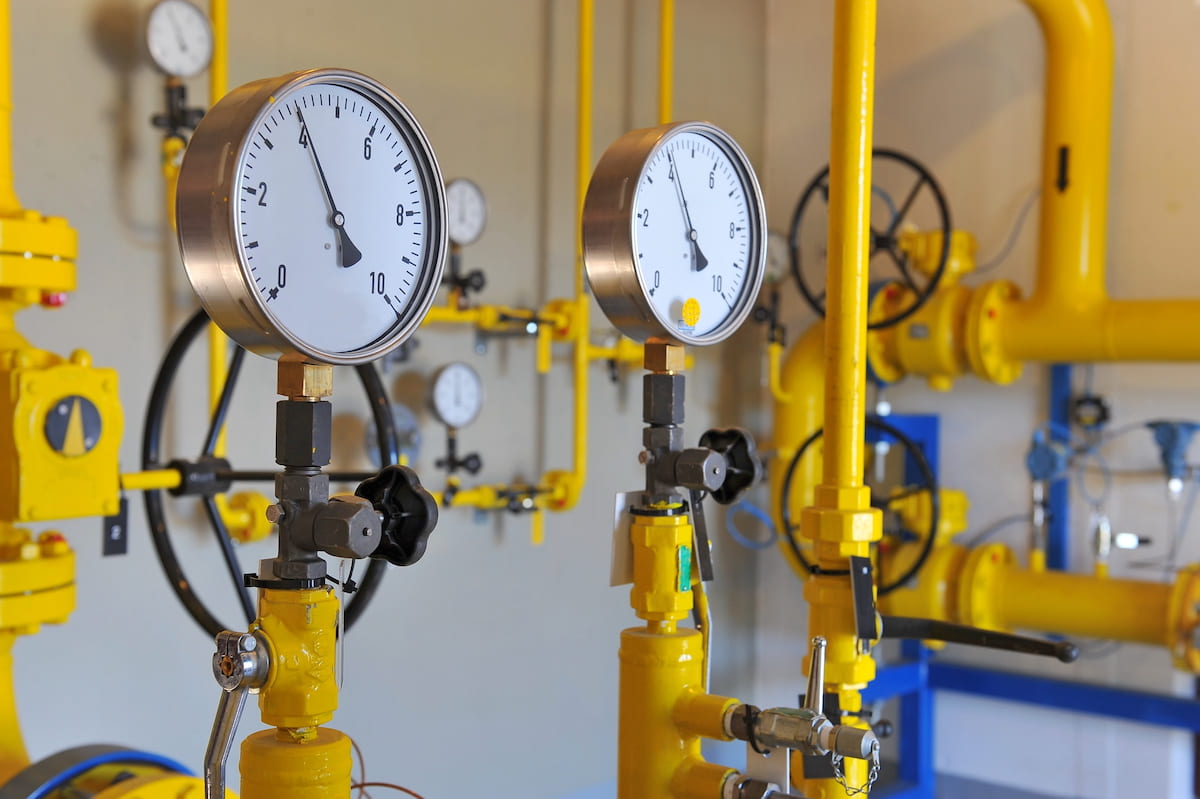
In Castelfranco Emilia, a small city in northern Italy, a pioneering pilot project is reaching a critical phase. The initiative is testing the feasibility of injecting a 5% hydrogen-gas blend into a section of the country’s natural gas distribution network. With monitoring now underway, plans are already in place to evaluate a 10% hydrogen mix in the near future.
This is Italy’s first real-world step toward integrating low-carbon hydrogen into its gas infrastructure. The pilot project, launched in a city of just over 30,000 residents between Modena and Bologna, marks a potential shift in how Italy could decarbonize its residential gas system. The idea aligns—though not as a top priority—with the Italian National Hydrogen Strategy, which acknowledges the role of hydrogen in domestic energy use.
The first hydrogen-gas blend project in Italy
Led by Inrete Distribuzione Energia, part of the Hera Group, the pilot introduces a 5% hydrogen blend into an isolated portion of the grid serving around 40 households. The project follows a memorandum of understanding with the Ministry of Environment and Energy Security (MASE) and the Italian Gas Committee (CIG). This agreement defined the technical parameters and safety criteria, authorizing tests with hydrogen concentrations up to 10%.
The primary goal is to assess whether existing gas infrastructure—among the largest in Europe—can transport hydrogen blends without requiring modifications. The outcome could influence broader plans to decarbonize Italy’s energy systems by leveraging current assets.
A full-spectrum test under close supervision
The pilot examines how the hydrogen-gas blend behaves across the entire distribution process. It involves stakeholders across the gas value chain—from transport operators and equipment manufacturers to boiler and cooktop producers. Tests will also be conducted downstream of the meter, verifying performance in standard household appliances. Independent certification bodies will oversee all phases to ensure safety and performance.
Until April 3, continuous monitoring will evaluate the safety and efficiency of the 5% blend. If successful, the project will proceed with a 10% blend trial—considered the threshold for scalable, real-world applications.
“Our National Strategy,” said Environment and Energy Security Minister Gilberto Pichetto, “views hydrogen as a key contributor to decarbonization. Industry and transportation will benefit most, but today shows that hydrogen can also offer direct advantages for citizens.”


